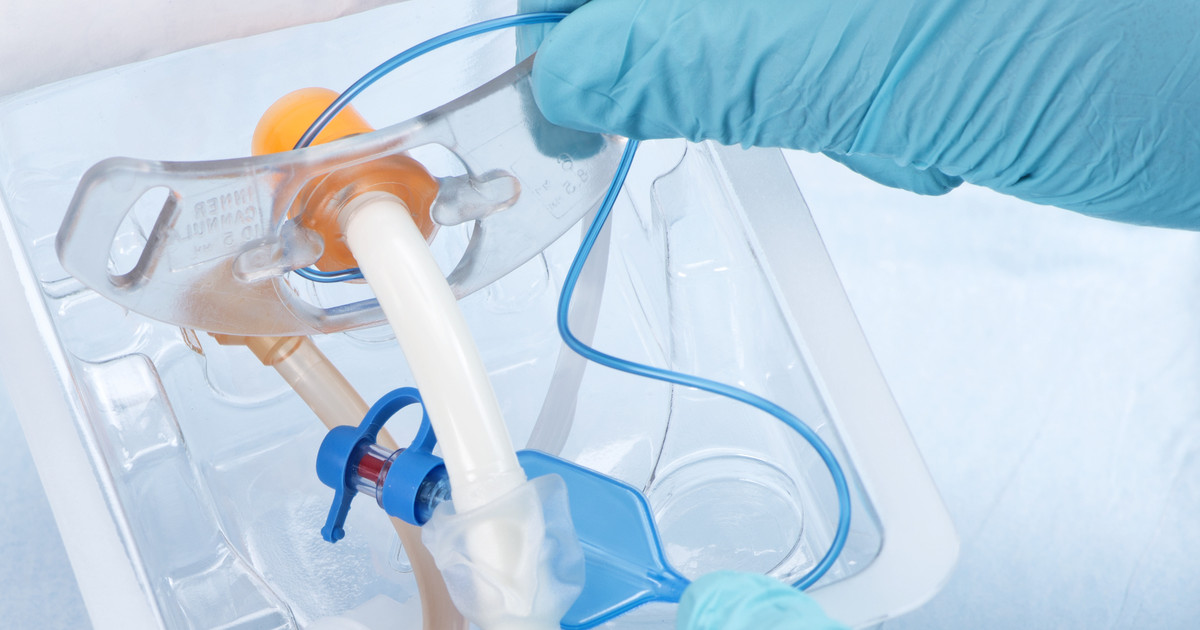Common Treatments For Sleep Apnea
Sleep apnea compromises an individual’s breathing while they are asleep. It will make their breathing stop periodically before starting back up again. Sleep apnea is caused by a complete or partial airway obstruction, and when the muscles in the throat relax, the airway can contract. An obstructed airway may be the result of issues such as allergies, the common cold, or a deviated septum.
Although the patient’s breathing stops periodically and deprives them of oxygen, it does not normally wake them up. However, the lack of oxygen reduces the quality of their sleep. This will often result in individuals with sleep apnea feeling exhausted and fatigued during the day even if they slept for a full 8 or 9 hours.
Obstructive sleep apnea treatment is essential for patients to avoid continuously compromised sleep. There is a CPAP for mild sleep apnea, along with a mandibular advancement device. Those who travel can elect to try a travel CPAP machine if they so desire. Some patients are forced into having another dental appliance for sleep apnea. Get the full details on how to treat this condition now.
CPAP Machine
Most patients who are suffering from sleep apnea will have their doctor recommend the use of a CPAP machine. CPAP stands for continuous positive airway pressure. This machine uses air pressure to keep the patient’s airways open throughout the night. It does this because the air pressure from the machine is slightly higher than the pressure surrounding it. This is what forces the throat and nasal passages to stay open. The air flox remains unobstructed this way. The CPAP machines work with a mask the patients will put on their face, This is what delivers the air to them.
Get the details on more airway devices for sleep apnea next.

Other Airway Pressure Devices
If CPAP machines cause a patient pain they cannot reduce, other airway pressure machines may be used instead. The two major alternatives are Auto-CPAP machines and BPAP (bilevel positive airway pressure) machines. An Auto-CPAP machine automatically adjusts air pressure when it can tell the patient’s airway is obstructed.
A BPAP machine, like the CPAP machine, uses a mask to deliver air. However, it can use multiple levels of pressure. For instance, a BPAP machine can increase the air pressure when an individual inhales and reduce it when they exhale. This makes it less tiring for patients who have issues exhaling with a CPAP machine.
Find out what oral devices work on seep apnea next.

Oral Appliances
Although CPAP machines are the recommended and most reliable treatment option for sleep apnea, some patients opt to try wearing an oral appliance. This may be for a couple of reasons, including oral appliances being easier to use. They are also less of a commitment than CPAP machines, which does make them less daunting to patients who were recently diagnosed with sleep apnea.
The way oral appliances work does vary based on the design of the appliance itself. Some keep the throat open by making sure the jaw stays a bit further forward. Others put the jaw in another position to keep the throat open. Patients can usually get these appliances through their dentist. They may need to try out several devices before finding one that fits them the best. They will also need regular follow-ups with their dentist to prevent potential oral health complications.
Discover the first kind of surgery used to treat sleep apnea next.

Surgery To Reposition The Jaw
Sleep apnea patients usually only require jaw repositioning surgery when non-invasive sleep apnea treatments like the CPAP machine don’t work for them. In most instances, doctors say a 3-month trial using other treatments is best before considering surgery. However, a small number of sleep apnea patients do benefit from surgery as the first line of treatment. This is for those who have clear issues with the structure of their jaw.
With this kind of surgery, the jaw is normally moved forward and kept in a position away from other facial bones. This helps increase the space between the patient’s tongue and soft palate. The increased space reduces the chances of the airway becoming obstructed if the patient’s tongue rolls back or their soft palate falls during sleep.
Learn about alternative breathing for sleep apnea next.

Tracheostomy
If the patient’s sleep apnea symptoms are severe and may cause life-threatening complications, they may have to undergo a tracheostomy, especially when other treatments have not been effective. This surgery creates a new airway for the patient to breathe through. During the procedure, the surgeon will insert a tube made of metal or plastic into an opening in the patient’s neck. This keeps the incision open and the tube lets the patient breathe. The tube will be covered during the day, but is left open at night so the patient can bypass their throat blockage when they breathe in and out.
